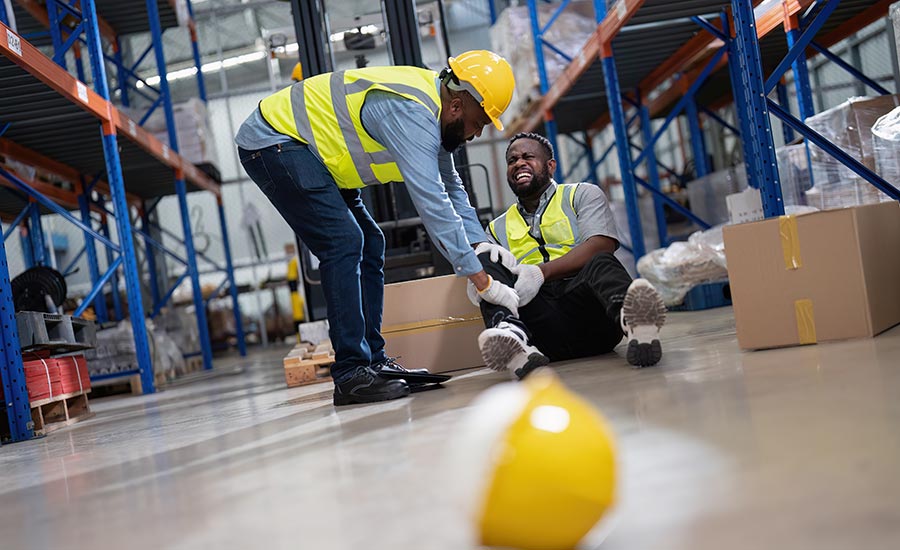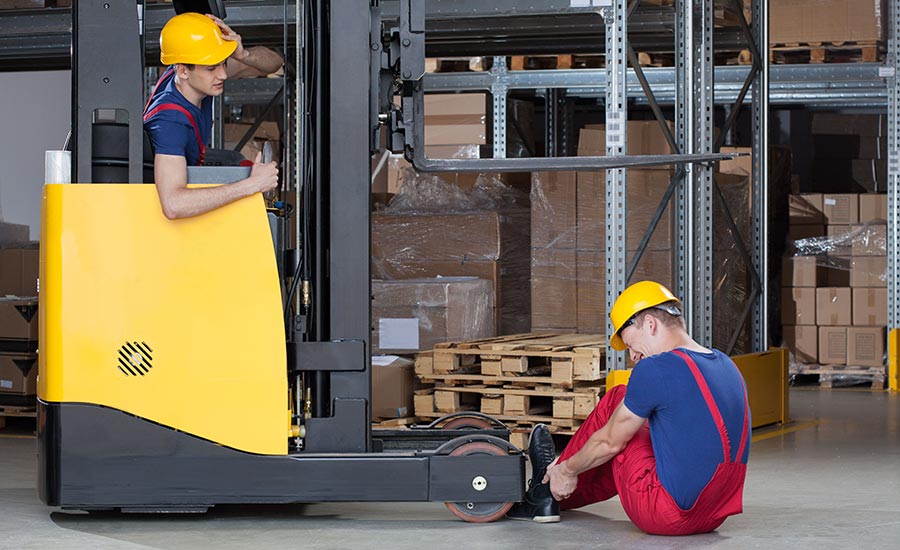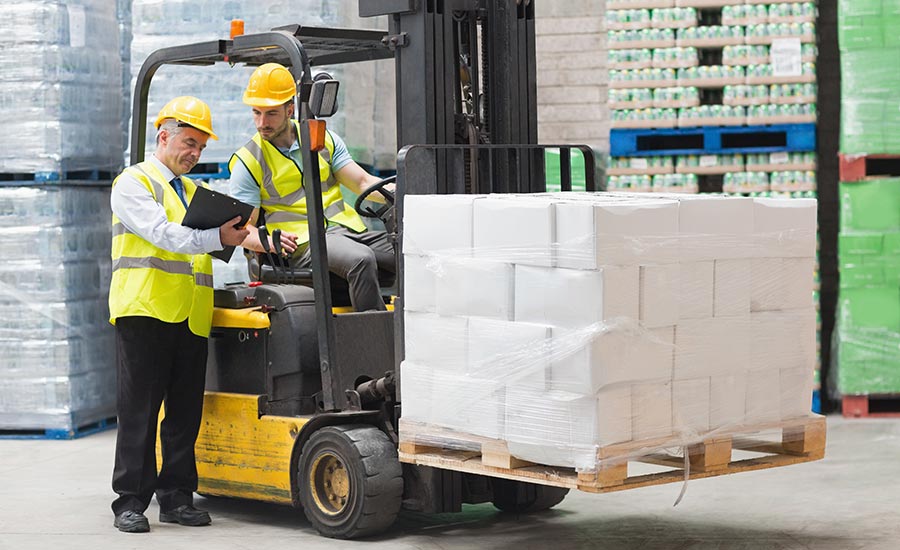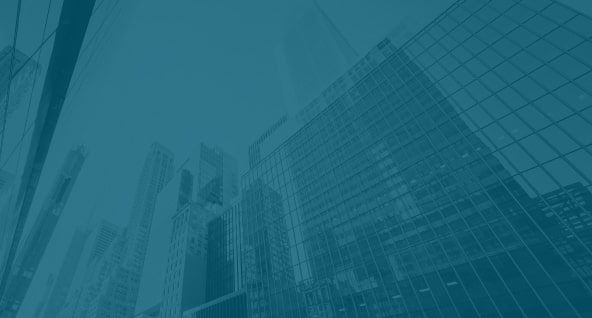

Forklifts play an important role in material handling at warehouses and construction sites.
However, they also present inherent risks that can cause severe injuries to both forklift operators and other workers in proximity.
Every year, in the United States, forklift accidents cause 7,000 nonfatal injuries and 600 fatalities as per the U.S. Bureau of Labor Statistics.
What are the main causes of injuries when using forklifts?
We are here to answer this question, identify the parties you can hold responsible for your injuries and explain the damages you can pursue after a forklift accident.
What Are The Main Causes Of Injuries When Using Forklifts?
From caught in-between accidents to injuries caused by falling from heights, there are multiple causes of injuries associated with forklifts.
Falling From Heights
As one of the most common causes of injuries when using a forklift, falling from heights can occur when a forklift operator is:
- Working on elevated platforms that have no guardrails or fall protection systems
- Standing on the forks of a forklift to reach objects at higher elevations
- Operating a forklift on uneven or unstable surfaces
Struck By A Moving Forklift
Pedestrians or employees can suffer injuries when struck by a moving forklift. Injury can occur due to:
- Speeding
- Poor visibility
- Lost control of the forklift
- Lack of awareness
Caught In-Between
Injuries can occur when a person is caught between a forklift and another object, such as a wall, rack, pallet, equipment, another vehicle or the moving parts of a forklift.
Caught in-between injuries can occur when:
- There are no guardrails or barriers between the forklift and employees
- The forklift tips over and entraps the forklift operator
- Safety protocols are ignored, such as maintaining safe distances or using designated walkways
Falling Objects
Employees can be injured when a forklift is used to lift items or loads and those objects fall off the forks.
Falling object injuries can occur when:
- A load is not properly secured or balanced
- The load exceeds the maximum capacity, which triggers a fall of items and materials
- A forklift collides with another vehicle or object, causing the load to fall
Tip-Overs
Forklift operators and those nearby can sustain injuries if a forklift tips over and entraps, crushes or hits them.
Tip-over injuries can occur due to:
- Unstable loads
- Uneven surfaces
- Excessive speed
Slipping, Tripping Or Falling
Forklift operators can sustain injuries by slipping, tripping or falling while getting into or out of a forklift.
Injuries can occur when a forklift operator:
- Operates a forklift on wet or slippery surfaces, due to water, ice or oil
- Loses balance on uneven terrain
- Fails to keep their feet securely placed on the forklift’s footrests or pedals
- Wears inadequate footwear, which contributes to loss of balance
Operator Ejection
A forklift operator can sustain injuries if they are ejected from the forklift. Ejection can occur due to:
- Sudden stopping
- Speeding
- Collisions with another vehicle or object
- Overturning
- Improper use of a seatbelt

Who Is Liable For Forklift Accident Injuries?
Determining liability for forklift injuries involves careful examination of the accident circumstances, workplace regulations and legal principles.
Liability may fall on several different parties, such as:
- A forklift operator, if they violated safety procedures or failed to follow established protocols, which led to injuries
- A co-worker, if their actions or negligence contributed to the injuries
- An employer, if they failed to ensure a safe work environment or acted negligently
- A manufacturer or supplier, if they produced or delivered faulty equipment
- Property owners, if they were aware of hazards on the premises but did not remove the hazards or post warning signs
- Contractors, subcontractors or visitors, if their actions contributed to the accident
Defining liability after a forklift accident can be a complex process.
With extensive experience in personal injury law spanning over five decades, our caring and knowledgeable attorneys at Spar & Bernstein can help if you were injured in a forklift accident.
We will research the details of your accident, investigate the causes and determine the parties at fault for your injuries.

What To Do If You Were Injured In A Forklift Accident
Taking prompt action after a forklift accident is crucial to ensure your safety and well-being, as well as to gather evidence for a future personal injury claim.
If you suffered forklift accident injuries:
- Prioritize your safety: Seek medical assistance. Even if your injuries seem minor, it’s important to assess and document them for future reference and possible compensation claims.
- Secure the area: If the forklift is still in motion or poses a risk to others, secure the area by using warning signs, barriers or cones.
- Report the incident: Follow your workplace’s reporting procedures to inform your superiors of the accident.
- Document the scene: Take photos and videos of relevant details, such as damage to the forklift or other equipment, slippery surfaces or missing warning signs. Make sure to take photos of your injuries.
- Collect contact information: Collect contact details from operators, witnesses or other parties who were present when the accident occurred.
- File a workers’ compensation claim: If you were involved in a forklift accident at work, file a workers’ comp claim to cover medical expenses and part of your lost wages.
- Call a personal injury lawyer: Schedule a consultation with a trusted forklift accident attorney who will research your case and provide professional recommendations on your next steps.
What Damages Can You Seek For Forklift Accident Injuries?
If you sustained injuries in a forklift accident, you may have the right to seek economic and non-economic damages.
Economic damages include:
- Medical treatment and hospital bills
- Rehabilitation costs, including physical and occupational therapy
- Assistive device expenses, such as braces, crutches or mobility aids
- Costs related to travel for medical treatment and therapy sessions
- Lost wages
- Loss of future earning capacity
- Home modifications to make your house accessible, relative to your injuries
Non-economic damages include:
- Pain and suffering
- Loss of enjoyment of life
- Mental anguish
- Loss of companionship
Were You Injured In A Forklift Accident? Contact Spar & Bernstein
At Spar & Bernstein, we understand the profound impact a forklift accident can have on both you and your loved ones. That is why our compassionate team of experienced lawyers is dedicated to providing unwavering support to help you seek compensation for your injuries.
We navigate the complexities of the legal process with precision, speaking to witnesses, meticulously gathering evidence, determining the worth of your case, identifying the types of damages you can claim, filing your claim and representing you before third parties.
Our compassionate approach is not just a commitment to winning cases but a promise to stand by your side every step of the way, ensuring you receive the compensation you deserve.
How To Avoid Forklift Accident Injuries
From maintaining safe distance to wearing anti-slip footwear, there are several ways you can help improve safety and prevent forklift accident injuries.
- Follow traffic rules: Observe forklift and pedestrian traffic rules to avoid collision with other vehicles or objects.
- Stay alert: While in areas with forklifts, pay attention to your surroundings and possible forklift movements. Listen for approaching forklifts —especially in areas with limited visibility. Do not assume that a forklift operator sees you. Make eye contact or use hand signals to confirm that you have been noticed. Avoid talking on the phone, listening to music or engaging in other activities that might distract you, while on or near a construction site.
- Use established communication methods: Communicate with forklift operators and employees using methods approved by your company, such as hand signals or radios.
- Maintain a safe distance: Keep a safe distance from forklifts in motion and maintain a buffer zone in case of unexpected maneuvers. Never walk under raised forks or loads.
- Follow loading and unloading protocols: Maintain a safe distance from forklifts during loading or unloading operations.
- Report hazards: Inform your supervisors of damaged flooring, poor lighting or other hazards that can cause or contribute to a forklift accident.
- Know company emergency procedures: Familiarize yourself with your company’s emergency procedures, including evacuation routes and steps to take in case of an accident or equipment failure.
- Observe storage practices: If you are working with stored materials, make sure they are stacked securely and there is no risk of the items falling and causing injuries. Report unstable loads to your supervisors.
- Wear personal protective equipment (PPE): Use protective gear specified by your workplace, such as a helmet and safety shoes.
- Wear appropriate footwear: Opt for slip-resistant footwear with good traction.
- Participate in training: Take part in training courses related to forklift safety to understand the basics of forklift operation and how to avoid accidents and injuries.
- Stay visible: If you are working at a location where there are forklift operations, make sure you are visible to forklift operators. Wear high-visibility clothing and stay within designated pedestrian walkways.


